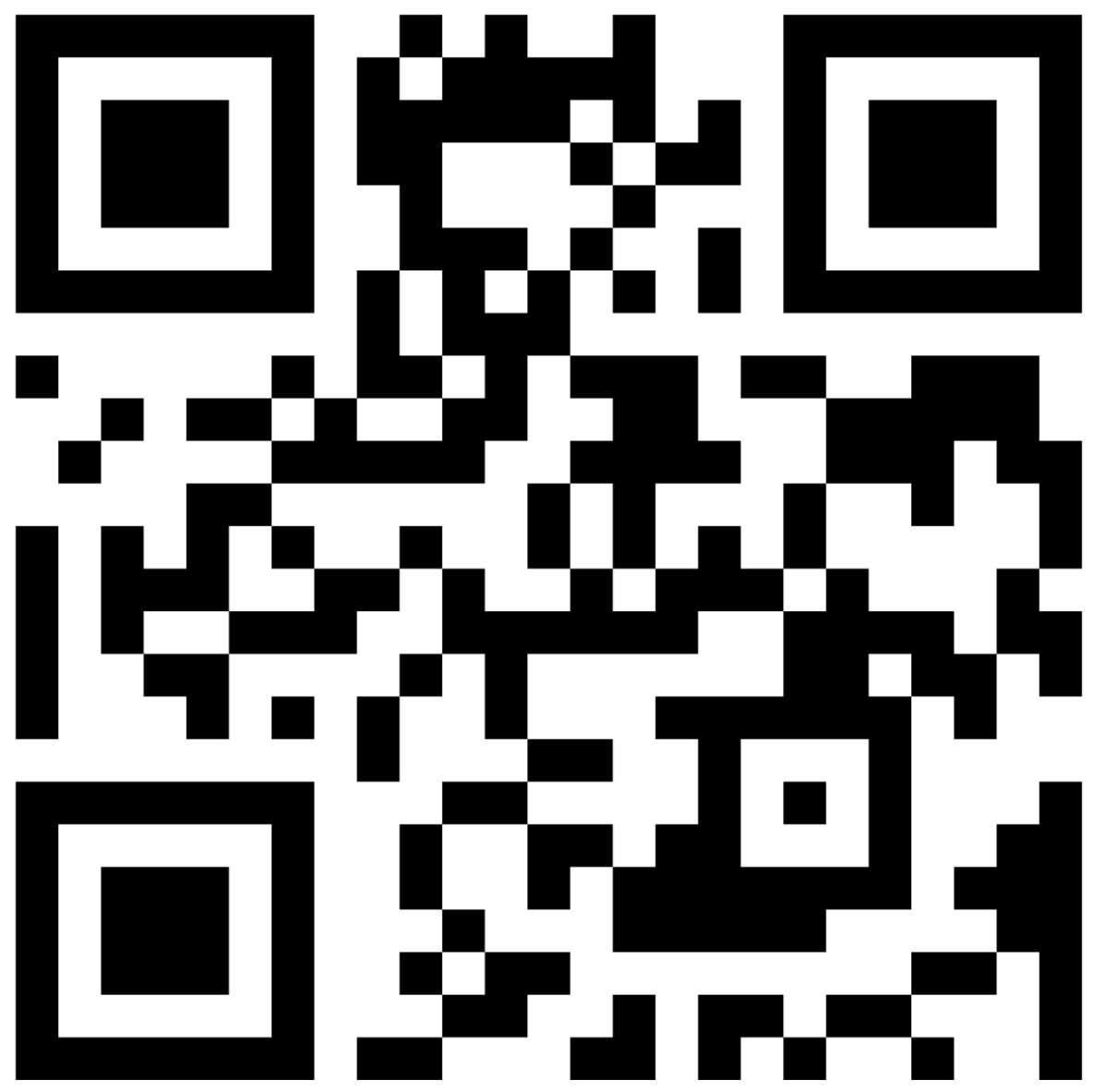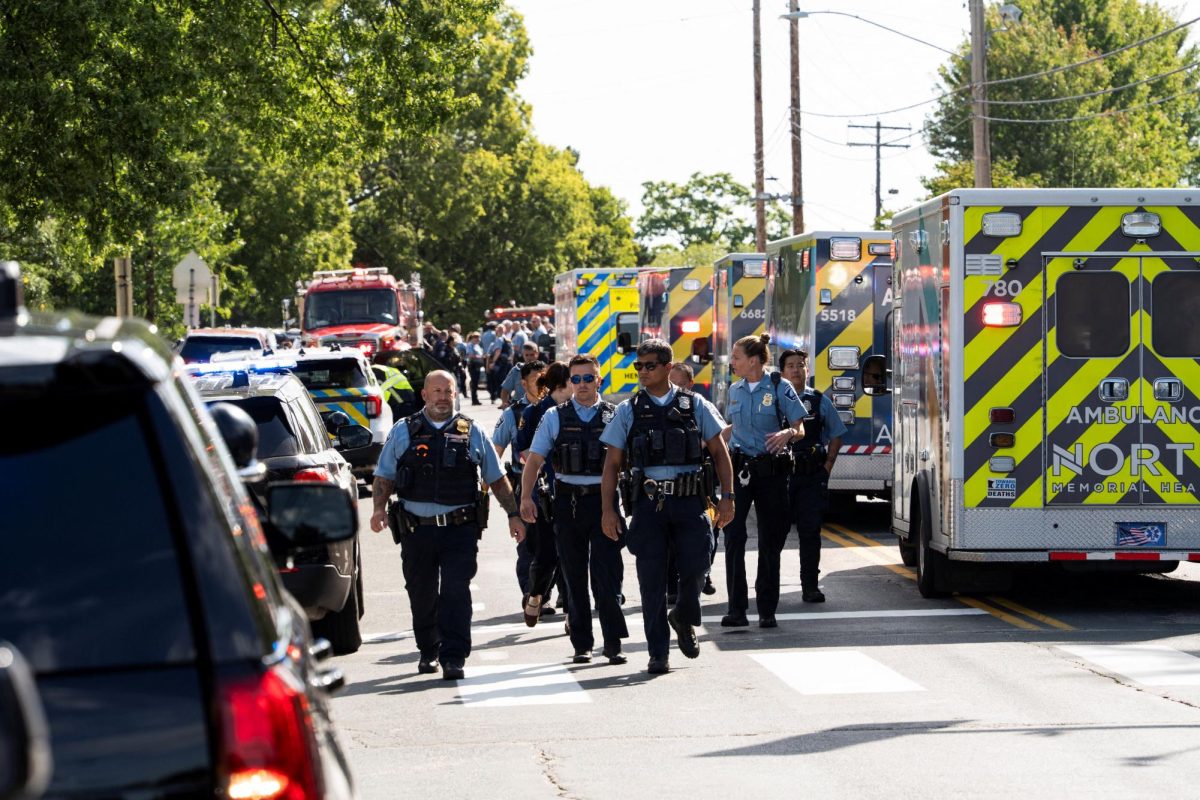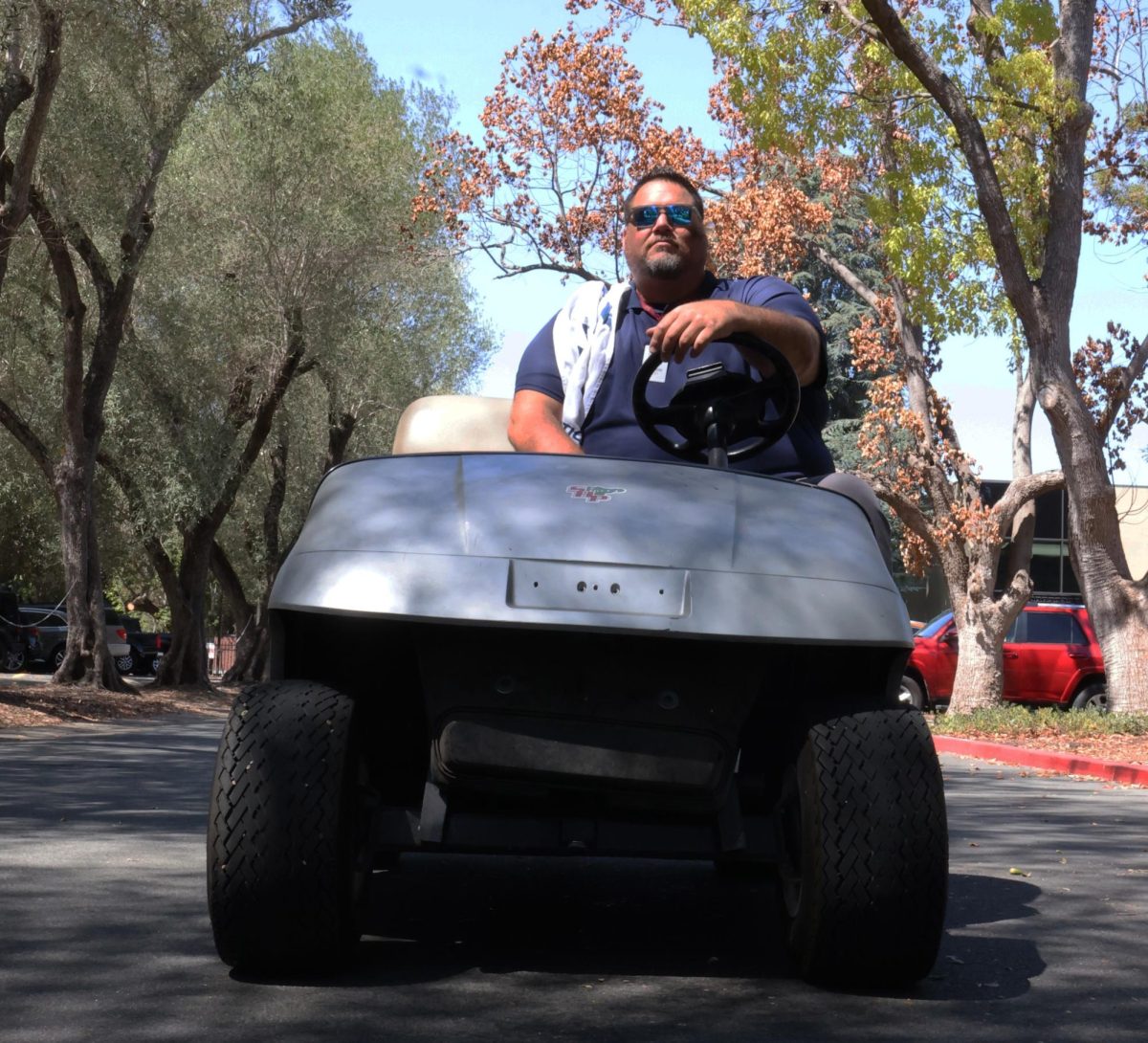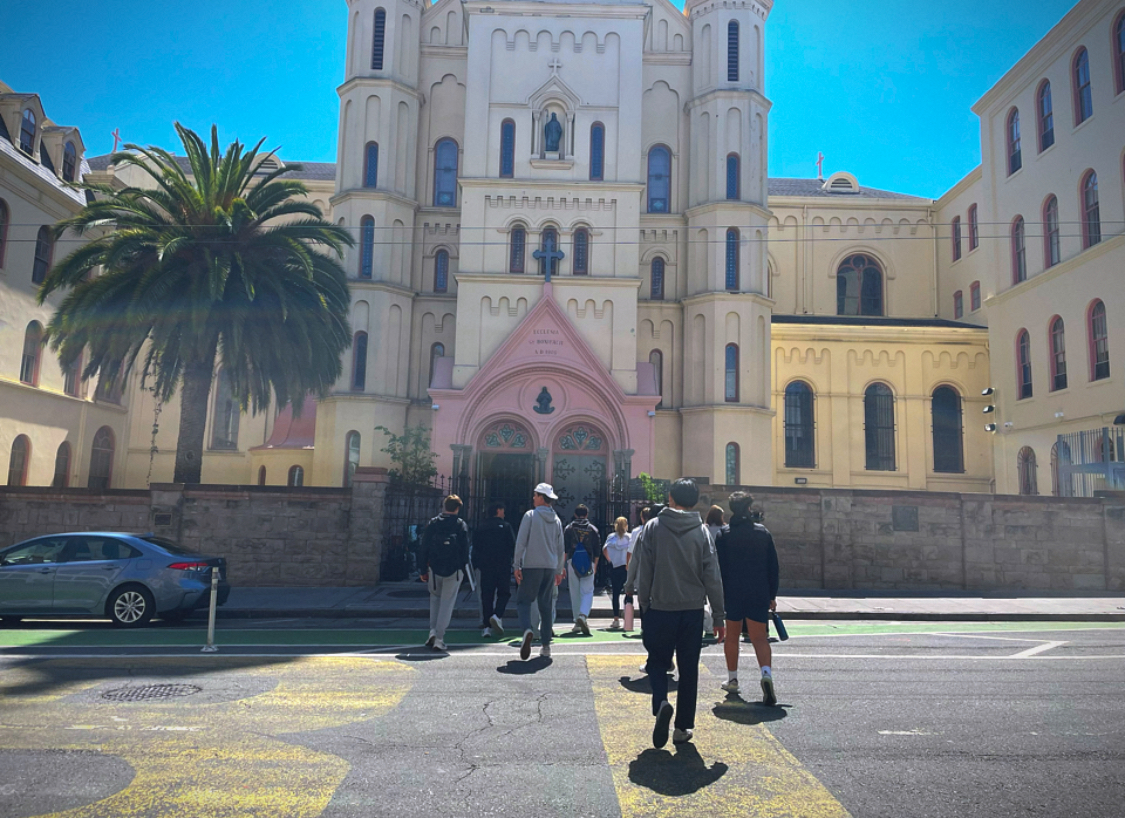As students hurry between classes, they may have noticed flyers decorating the walls, publicizing the Bias, Discrimination, and Discriminatory Harassment Incident Reporting Form. This resource allows community members to report incidents of bias, harassment, or discrimination they’ve experienced or witnessed to Director of Mission and Culture Dr. Kate Middleton, either through the form or in person.
More specifically, the form defines a bias or discrimination-based incident as a “threatening, harassing, intimidating, hurtful, or hostile act, conduct, speech or expression that appears to be motivated by a person’s identity” and harassment to be “behavior, either verbal or physical, that disregards or demeans the self-esteem of others.” Sexual harassment is additionally defined as “unwelcome sexual advances, requests for sexual favors, and other verbal, visual, or physical conduct of a sexual nature made by someone from or in the SHP setting.”
After someone submits a report, it goes directly to Middleton’s office. Upon receiving it, Middleton guarantees that she will respond within seven school days. The first step of Middleton’s response is to “review and record details of the incident” as per the form’s description. In that initial conversation, Middleton explained that, “the first instinct is to stop the harm. If something is still ongoing, especially with harassment and discriminatory harassment as well as bias, we want to make sure that’s not happening again.” Following that, Middleton will attempt to “figure out how to work with and walk with a student” and “navigate the situation [to] reach accountability for the individual and for the community.” Middleton continued, highlighting how her approach involves “restorative practices” and involving the appropriate adults based on the severity of the issue. The official procedure lists that this “discussion will assist in determining the appropriate SHP resources and options to address the concerns reported,” whether with the Dean’s Team, Counselling Department, or any other support systems in place at Sacred Heart.
Already, Middleton has received three reports through the form, in addition to multiple instances of upperclassmen and educators verbally describing incidents they had witnessed to her. When asked about the success of the system thus far, Middleton stated that she has “found it to be effective” and has “been very heartened so far by upperclassmen who have felt like they saw something and said something something.” Middleton was able to “respond quickly and be in conversation with the people who were the most affected,” which she noted as “a really good win.” Middleton continued to mention that she was satisfied because “people are using it… from lower threshold [incidents]…to things that are more intense and more harmful.” Middleton emphasized that the resource is available for student use.
SURJ Leader Abby Gruber ‘26 viewed the goal of the system to be “accountability” where “people experience either bullying or certain things that are not nice… but nothing ever gets done.” She added that hopefully this new system “is a gateway to a simpler version” of reporting: “it’s quick, you’ve done something about the situation so that it doesn’t happen again.”
Data from the annual AC Survey inspired the development of the new reporting system. Middleton mentioned that “students were reporting that they didn’t necessarily have a place to share…information.” Furthermore, Middleton highlighted that students “were talking about a lack of belonging… and then not knowing the specifics to be able to address it.” The need for a low threshold reporting system for students and educators was evident. Before the new system launched, the school administration used an anonymous tip portal for students and faculty. This portal is still active, but is now used in conjunction with the new form. Middleton mentioned that the anonymous system saw limited use for incidents of bias, harassment, and discrimination, and had several limitations that prevented the school administration from effectively addressing reports. Middleton spoke about how the feedback she got from “the Women’s Group, SURJ Leaders, was that [the Anonymous Reporting system] wasn’t inviting that type of reporting. It also was really difficult to take action when we really didn’t have a means to have conversations with those who are bringing that information forward.”
Kate Ragatz ‘25 and Megan Newby ‘25 both discussed challenges they had identified within the anonymous tip system in interviews conducted during the 2024-2025 school year, before the launch of the Bias, Discrimination, and Discriminatory Harassment Incident Reporting Form. Ragatz, a Women’s Group leader last year, brought up how the anonymous tip system is “not just about sexual harassment and assault like some other schools might have,” for example, students could report an animal on campus” or “a fallen tree.” Newby additionally mentioned that the anonymous tip system could benefit from having more publicity around it as well as a more clear and transparent procedure about what happens after you make a report, bringing up how at Menlo Atherton High School, “it’s very laid out in terms of the steps of once you make a report…it goes to the administration, then administration will ask you: hey do you want to go to the police with this? Or do you want to go to disciplinary action within the school? Or do you just need support?” Newby described how, in general, there was a need to have “more people on campus that are student facing and that students feel comfortable going to if they experience any adversity or harassment.”
Women’s Group, SURJ Leaders, and Middleton collaborated to ensure the new bias and harassment reporting system addressed the limitations of the anonymous reporting system and provided an accessible pathway for students to be able to ‘see something, say something.’ Aspects of the new reporting system such as the narrowed scope to bias, discrimination, and discriminatory harassment and the clearly outlined next steps found in the form’s description demonstrate that the student leader’s feedback was taken into consideration and addressed. The collaboration included developing new questions for the AC survey in order to provide more quantitative data on the subject. Additionally, SURJ leaders travelled to a conference in Washington DC on civic engagement last year where they created a presentation titled “Belonging, Othering.” Within it, Gruber stated that they, “created a plan to implement belonging into school” part of which was creating a system where “when something is happening to you” there’s “in the moment actions.”
Middleton had meetings with both Women’s Group and SURJ leadership to review and workshop drafts of the new reporting system. Once that step was completed, Middleton brought the draft to get approved by adult leaders on campus. Once the form was completed, Middleton held two educator training sessions that included instruction on how to best utilize the form, where it was located and housed, and how it would be presented to students. It was first introduced to the general student body on Maze Day, where Dr. Middleton gave a speech describing the new resource. Additionally, SURJ student leadership has placed a series of flyers containing QR codes and links to the form, which are also located on the class webpages and resources folder in Schoology.
Middleton emphasized that she’s very open to student feedback and will continue to refine the reporting system. As of now, she reported being happy that students have a “face, they have a name” such that “they know when this type of thing is happening, this is where I can go.” If anyone reading this feels like they or someone they know is experiencing bias, harassment, or discrimination at SHP, they can reach out to Dr. Middleton in person or access the reporting form in the QR code next to this article.







